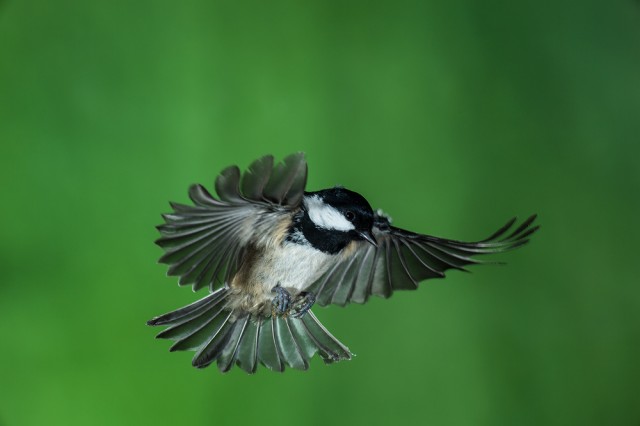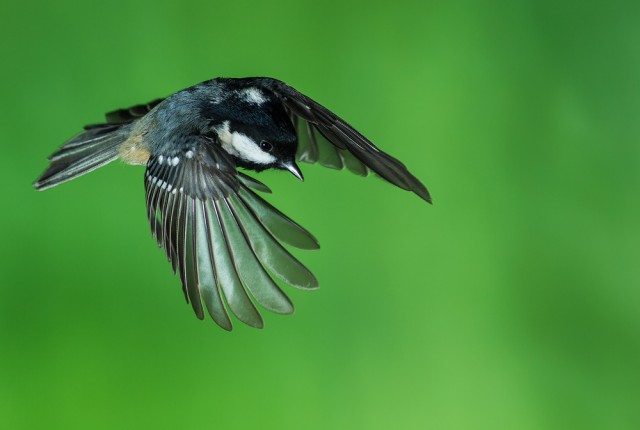Review of Schneider 180mm 2,8 lens for Rollei 6000 system
First thing I notice when I unpacked the lens was it's weight. With healthy 1,5 kg it's quite a heavy lens. The construction is plain aluminium and glass. The only plastic material I notice are two lens caps and rubber grips on rigs for focusing and adjusting aperture. Here it is in comparison with Canon 70-200 f4 lens:
On long term I think that I'll need some sort of support for this lens, as when it sits on Canon camera there is quite a bit of stress to the bayonet, but unfortunatelly it doesn't have it's own foot. Quality of construction is very high and focusing mechanism is very well damped. Wide open it have quite a lot of chromatic aberation, but when stopped down to f5,6, the chromatic aberation is gone. Since I'll be using it at apertures around f11 to f16, that's fine with me. At f16 first signs of difraction show, but in my opinion, it's better to have photo slightly unsharp due to difraction, than unsharp because deep of field wasn't sufficient.
Sharpness is on par or even better than Canon 70-200 f4, but at all tested apertures from f8 to f16 Canon have significantly more chromatic aberation. With Lightroom profile for Canon (there is none for Schneider of course), both leses preform very nice. The next thing I need to test is Schneider's resistance to back light situations:
Schneider 180 2,8 starburst at f16
Canon 70-200 f4 starburst at 200mm f16
As you can see, Schneider's starburst isn't something to write home about, but it's flare resistance is far supirior to Canon's. Bokeh is ugly due to five blade aperture, and I need to keep that in mind when photographing with back-lighting set ups, as out of focus points will be rendered as pentagrams.









